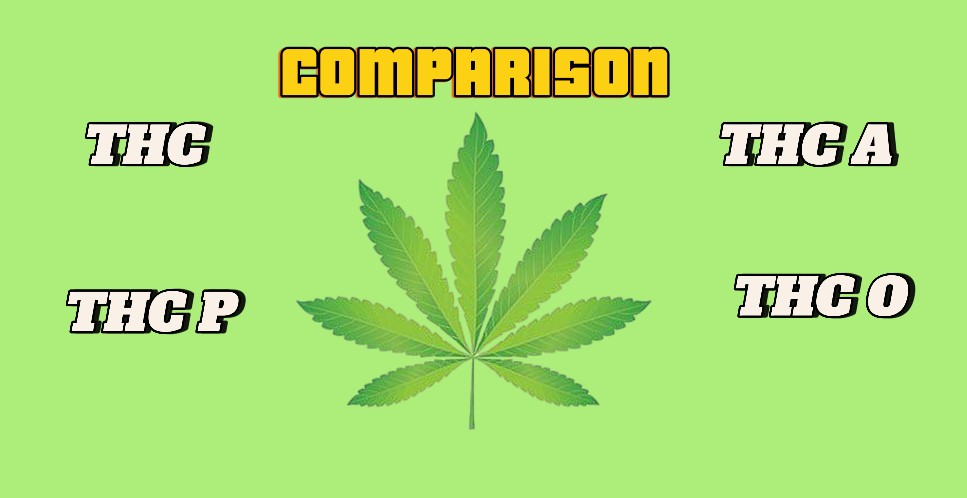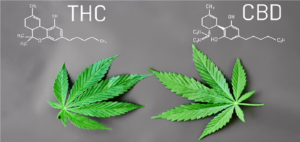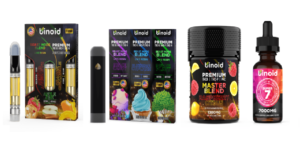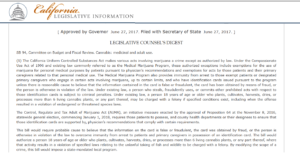https://newsmedicinehemp.info/category/news
| Compound | Full Name | Natural or Synthetic | Psychoactive? | Potency Compared to THC | Common Uses / Effects | Legal Status (U.S.)* |
|---|---|---|---|---|---|---|
| THC | Δ9-Tetrahydrocannabinol | Natural (cannabis plant) | ✅ Yes | Baseline (1x) | Euphoria, relaxation, pain relief, appetite stimulation | Federally illegal (Schedule I), legal in many states |
| THCA | Tetrahydrocannabinolic Acid | Natural (raw cannabis) | ❌ No (until heated → converts to THC) | Non-psychoactive (raw) | Anti-inflammatory, neuroprotective potential | Legal if not decarboxylated, but gray area |
| THCP | Tetrahydrocannabiphorol | Natural (trace amounts) | ✅ Yes (very strong) | ~30x stronger binding to CB1 receptors than THC | Intense euphoria, sedation, possible therapeutic uses | Mostly unregulated; emerging legality concerns |
| THC-O (a.k.a. “ICE” or “THC-O acetate”) | THC Acetate Ester | Semi-synthetic (lab-made) | ✅ Yes (delayed onset, very strong) | 2–3x stronger than THC | Powerful psychedelic-like effects | Federally controversial; DEA considers it illegal |
| Delta-8 THC | Δ8-Tetrahydrocannabinol | Natural (trace) / hemp-derived | ✅ Yes (milder than THC) | ~0.5x THC | Relaxation, less anxiety than Δ9, functional high | Federally legal gray area; banned in some states |
| Delta-10 THC | Δ10-Tetrahydrocannabinol | Rare (lab-converted) | ✅ Yes (mild) | ~0.3–0.5x THC | Energizing, uplifting effects | Hemp-derived legal gray area |
| CBD | Cannabidiol | Natural (cannabis/hemp) | ❌ No | N/A | Anti-anxiety, anti-inflammatory, seizure treatment | Federally legal (if <0.3% THC) |
| CBN | Cannabinol | Natural (aged THC) | Mild (sedative-like) | <0.25x THC | Sleep aid, relaxation | Legal gray area |
Contents
Understanding THC and Other Cannabinoids: A Quick Comparison
Cannabis is more complex than most people realize. Beyond the well-known THC, there are many cannabinoids with unique effects, potencies, and potential health uses. Knowing the difference helps consumers, patients, and businesses make smarter choices.
THC (Δ9-Tetrahydrocannabinol)
The classic compound behind the cannabis “high.” It provides relaxation, euphoria, and appetite stimulation. However, it remains federally illegal in the U.S., even though many states have legalized it for medical or recreational use.
THCA (Tetrahydrocannabinolic Acid)
Found in raw cannabis, THCA is non-psychoactive until heated. Once decarboxylated (smoked, vaped, or cooked), it converts into THC. Early research suggests THCA may offer anti-inflammatory and neuroprotective benefits.
THCP (Tetrahydrocannabiphorol)
A rare cannabinoid discovered only recently, THCP is believed to be up to 30 times stronger in binding to receptors than THC. This makes it highly potent, with intense psychoactive and therapeutic potential, though research is still in its early stages.
THC-O (a.k.a. “ICE”)
A semi-synthetic form often called THC acetate ester. It can be 2–3 times more powerful than THC, with effects sometimes described as psychedelic. Its legal status is uncertain, and because of its strength, it should be approached with caution.
Delta-8 and Delta-10 THC
Both are milder relatives of THC. Delta-8 THC delivers a gentler high with fewer anxiety side effects, while Delta-10 THC is uplifting and energizing. These are often derived from hemp and exist in a legal gray area.
CBD and CBN
Non-psychoactive cannabinoids that don’t cause a high. CBD is widely recognized for reducing anxiety, inflammation, and seizures, while CBN (created as THC ages) is valued as a natural sleep aid.
Why It Matters
Each cannabinoid interacts differently with the body. From stronger psychoactive options like THCP and THC-O to gentler or therapeutic compounds like CBD and THCA, understanding these differences helps consumers match products to their needs — whether for relaxation, medical use, or wellness.





